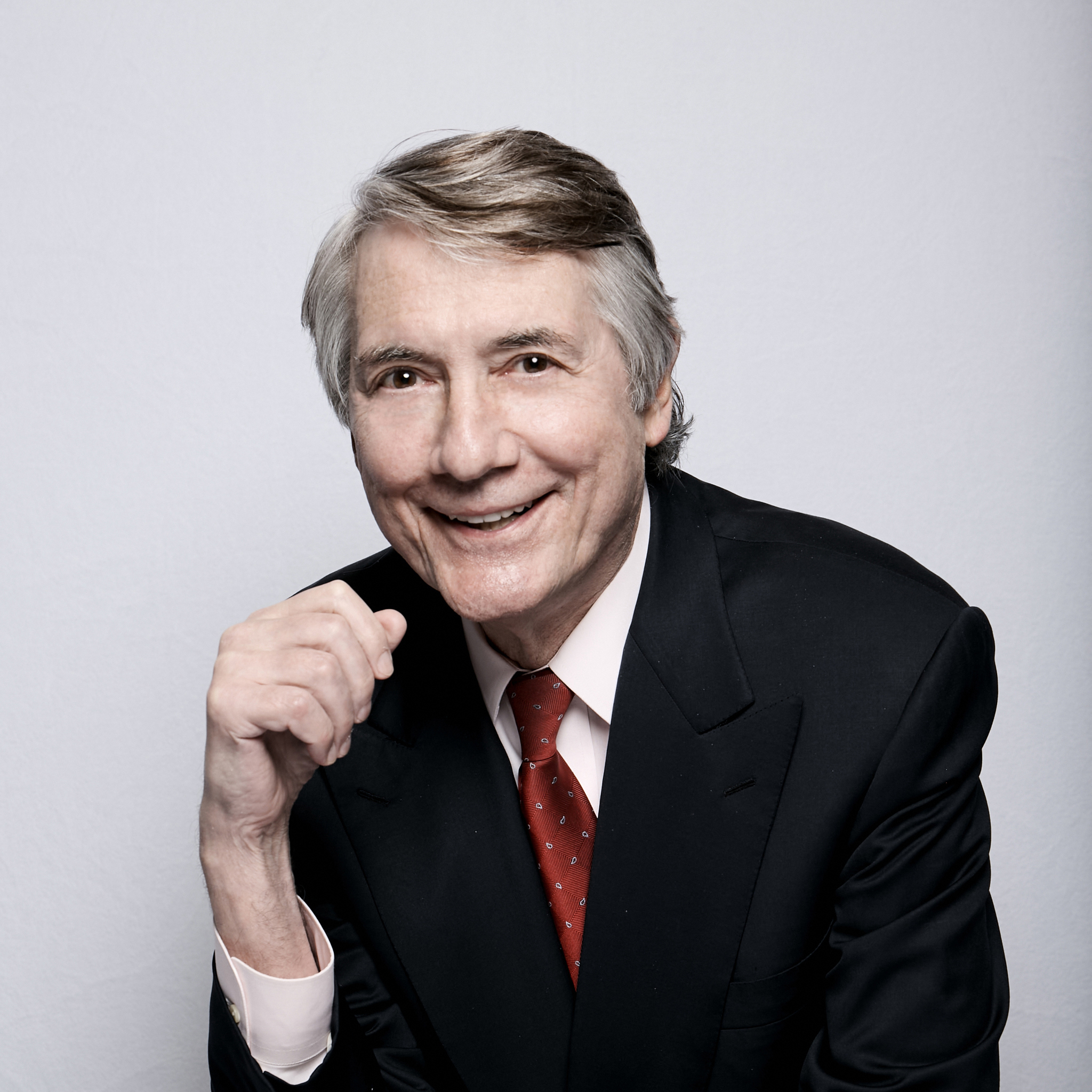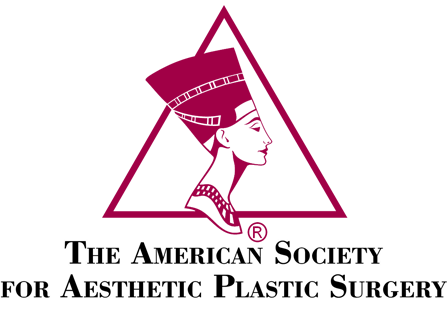Physical appearance has a significant impact on self-esteem – especially for women. Issues such as breast asymmetry or breasts that are excessively small or large have made breast surgery the most popular cosmetic procedure in the U.S. for decades. Bra manufacturers have thrived by making claims to have one’s breast look better, more natural or even lift one’s breast by adding padding or various support mechanisms such as an underwire or straps. But what happens when you take off your bra? There are several types of breast enhancement procedures, and we’ve set out to demystify them in this post.
Nutritional Supplements
The market is flooded with nutritional supplements that claim to provide a natural breast enhancement. However, according to the Mayo Clinic, * not only do these herbal remedies fail to work as advertised, they can also come with unexpected side effects, including interactions with certain prescription medications. It’s best to avoid these, as they can do more harm than good.
Posture and Exercise
The easiest way to enhance the look of your breasts naturally is to practice good posture, whether standing or sitting. Yoga is one way to help you establish better posture and become more aware of the way you hold yourself throughout the day.
Another non-surgical way to boost your breasts is through building up your pectoral muscles. ** Exercises such as push-ups, chest flys, planks and pullovers can help increase the underlying muscles and may make breasts look perkier by providing a fuller base beneath one’s breasts.
Breast Augmentation
Breast augmentation is a surgical type of breast enhancement procedure in which a board-certified cosmetic surgeon places a saline or silicone implant either under the breast tissue or under the chest muscle.
A breast augmentation can increase the fullness and projection of your breasts, while boosting your self-esteem. For these reasons, the satisfaction rate of breast augmentation patients is very high – according to a survey published by the American Society of Plastic Surgeons, 98 percent of women *** who chose the surgical option said their results met or exceeded their expectations.
However, breast implants are not designed to last a lifetime, so if you go the surgical breast enhancement route, you should be prepared to undergo additional surgery to remove and replace your implants in the future. That’s why it’s so essential to choose a reliable and experienced cosmetic surgeon you can form a good relationship with – ideally, the same doctor would perform any follow-up procedures you decide to get.
Types of Breast Implants
Breast implants are made of two materials: silicone and saline. Of the two, silicone implants are more common because they have a more natural look and feel. However, there are also several other factors that go into choosing your breast implant type, including shape, size and texture. For these reasons, breast enhancement surgery is an extremely individualized procedure. You and your surgeon will need to work together to determine the best options for your body proportions, skin elasticity and posture.
Breast Implant Sizes
When it comes to breast size, most women naturally think in terms of bra cups. However, breast implant sizes are measured in cubic centimeters. One cubic centimeter equals one milliliter, which is approximately 0.3 ounces. The most common breast implant sizes fall between 300 to 400 cubic centimeters. They also differ in diameter and height. With so many breast implant sizes, finding the one that provides you with the most natural look can be a challenge, which is yet another reason to form a relationship with the best plastic surgeon who has expertise in performing breast enhancement surgery.
However, breast implant sizes are measured in cubic centimeters. One cubic centimeter equals one milliliter, which is approximately 0.3 ounces. The most common breast implant sizes fall between 300 to 400 cubic centimeters. They also differ in diameter and height. With so many breast implant sizes, finding the one that provides you with the most natural look can be a challenge, which is yet another reason to form a relationship with the best plastic surgeon who has expertise in performing breast enhancement surgery.
Breast Reduction
While many women choose to have breast surgery to increase the size of their breasts, some women have the opposite problem. Breast reduction is a surgical procedure that removes excess breast tissue and skin to help women achieve a more proportionate breast size and ease the pain and embarrassment associated with excessively large breasts – a condition called macromastia.
Patients with disproportionately large breasts may feel their breasts are weighing them down, both literally and metaphorically. Heavy breasts can make even the simplest physical activities – such as bending over – feel challenging. Some women find it hard to participate in sporting activities due to their large breast size. Social stigmas and inability to wear certain styles of clothing may also be reasons leading women to consider breast reduction surgery.
Breast Lift
For women with sagging breasts, a breast lift – with or without implants – can help restore a more youthful and feminine shape. A cosmetic surgeon who specializes in breast lift surgery, also called a mastopexy, can remove excess skin, reshape the breast tissue and adjust the position and size of the nipples and areolas to create better-proportioned breasts and improve the overall breast shape and profile.
Many women choose to undergo a breast lift following pregnancy and breastfeeding, both of which can bring some unwelcome changes to breasts. Aging and dramatic weight loss can also be factors that can lead to sagging breasts.
Meet Dr. Kulick
Board-certified cosmetic surgeon Dr. Michael Kulick has been specializing in types of breast enhancement, including breast enlargements, mastopexies and reductions, in San Francisco for more than two decades. If you’re considering a breast enhancement of any type, book your consultation today.
* Source: mayoclinic.org
** Source: spotebi.com
*** Source: American Society of Plastic Surgeons, May 2013








